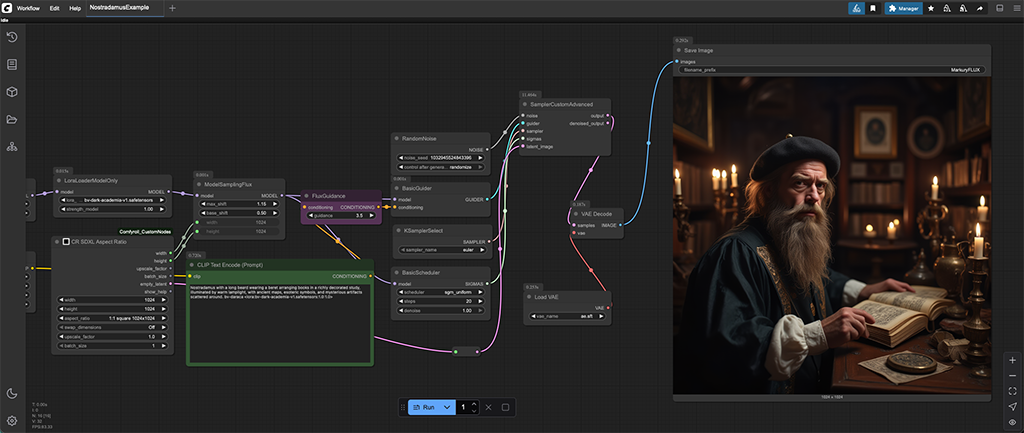
With their previous seven apps, Streamside Software, LLC employed conventional coding practices and graphic asset creation tools/methods.
For their most recent app Red Pill Rabbit Hole (RPRH) which explores simulation theory, they decided it was time to lean into Artificial Intelligence tools/methodologies as a means of stretching what they could accomplish as a small studio.
“Because Red Pill Rabbit Hole is centered on how our perception of reality might be a projection within an elaborate Artificial Intelligence (AI) computer simulation, we thought it would only be fitting to see how far AI could be stretched to create the app content itself,” said Roger Pingleton, StreamSide President and co-creator of the app. “If we are living in a simulation, shouldn’t current technology be close to being able to simulate reality using AI, and might an embedded AI chatbot also have some insight into why certain anomalous phenomena occur?”
The core team of creators consisted of Jill S. Beitz and Pingleton whose previous entertainment apps centered on strange and paranormal phenomena. Their extensive exploration in this subject matter gave them a solid basis for the topics contained in the app.
Text Generation: ChatGPT Success and Failures
“AI gave us a huge boost in text generation efficiency overall, but it was really only a springboard for creating the text content contained in the app,” Pingleton said. “We used ChatGPT to some extent for simulation theory text, but we found we really had to be careful using the output it produced. AI hallucination is a very real problem. In addition to it creating fictitious material, it tended to repeat itself a lot.
“In the end our prompt engineering became quite advanced, integrating the research and ideas we had already formulated as the context for our queries. This gave us the best results, but still needed to be heavily tweaked, vetted, and rewritten.”
Beitz was therefore called upon to perform the bulk of the vetting, writing, and rewriting activities for the general subject matter in app. Beitz and Pingleton then split the tasks when it came to outlining their own conjectures as well as expanding subjects which were within their personal fields of expertise.
Image Generation: Stable Diffusion, ComfyUI
The advancement of AI Diffusion has produced some truly impressive visual art. Tools like Midjourney are well known. Lesser known are Stable Diffusion models (originally created by Stability AI) which can be run on local machines/GPUs.
“Stable Diffusion did some heavy lifting in our workflows,” Pingleton explained. “It seemed like every week a new diffusion model or Low Rank Adaptor (LoRA) was announced: first came Stable Diffusion, then SDXL, each new model was better than the last. When Flux Dev was released, the results it produced were finally as professional as tools like Midjourney.” (See example below.)

This meant Pingleton could finally generate his own private illustrations for each topic/case file/lab.
Front end tools advanced during the app’s development process as well. Pingleton began by using Automatic1111 for art generation, but quickly found he needed more granular fine tuning capabilities. He turned to ComfyUI, a node based tool with better support for advanced models and techniques.
(Note: the exact Flux/ComfyUI workflow Pingleton used to create the above illustration can be downloaded here).

Eventually Pingleton began training his own LoRAs (using Flux Gym) in order to be able to include his and Beitz’s likenesses in the app’s illustrations (e.g. Beitz appears dressed as Marie Antoinette in the hero image for the Time Slips case).
“It’s a little like having a cameo in your own app,” Pingleton noted.
Click here to read more about Red Pill Rabbit Hole’s features. The app can be downloaded or pre-ordered here.
In part two of this series, we will detail some more AI tools and techniques the team used. We will also dig into how StreamSide AI was able to embed their own private chat bot in the app.
Stay tuned!